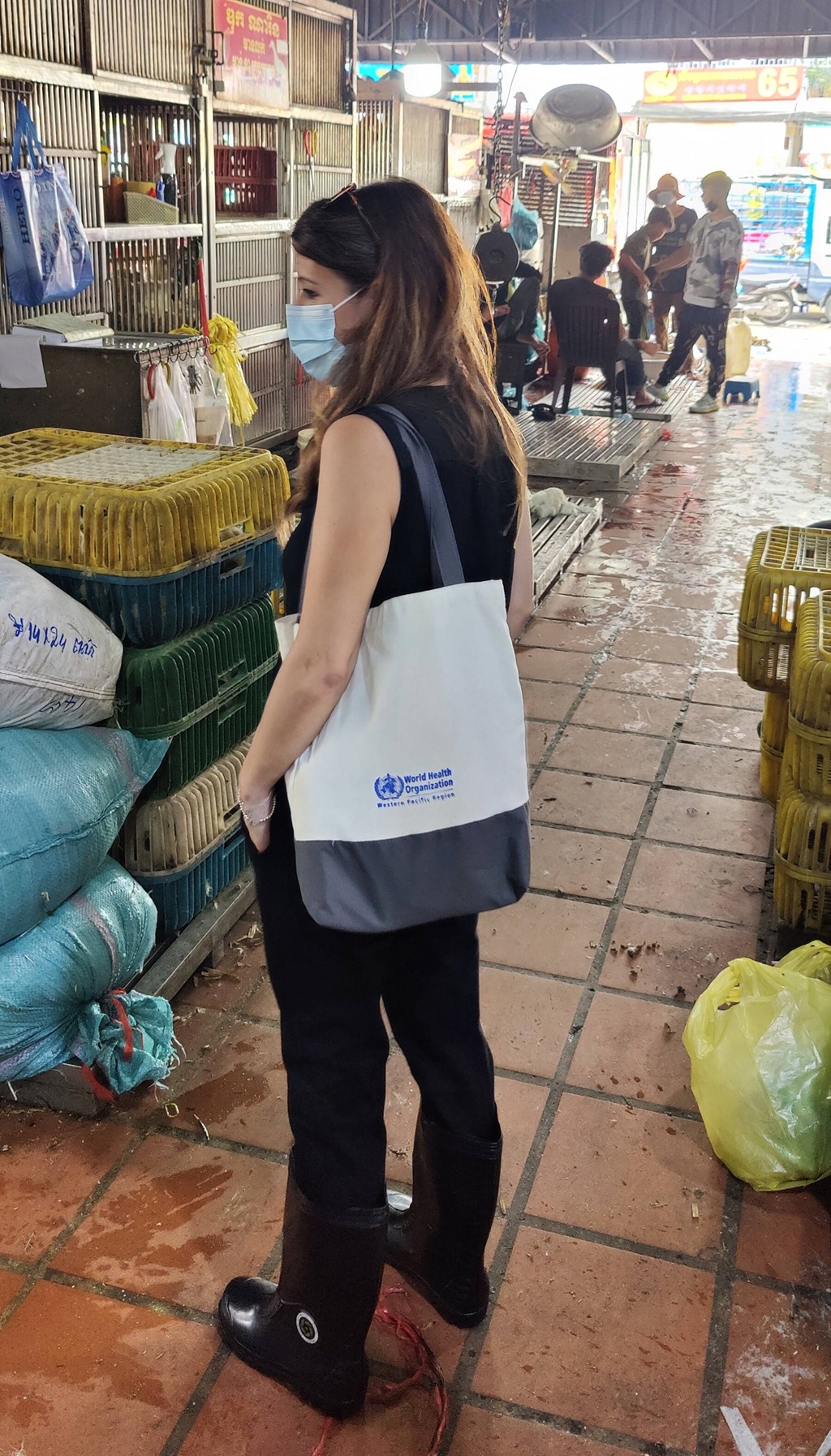The COVID-19 pandemic is thought to have originated from animals. This type of disease – those which jump from another species to humans – are called Zoonotic disease, or Zoonoses. The global impact of COVID-19 demonstrated how dangerous zoonoses can be – and climate change may make them even more common. As Dr Tedros Adhanom Ghebreyesus, Director-General of WHO, said at the 2020 World Health Assembly, “The pandemic is a reminder of the intimate and delicate relationship between people and planet. Any efforts to make our world safer are doomed to fail unless they address the critical interface between people and pathogens, and the existential threat of climate change that is making our earth less habitable.”
Globally, the number of new or emerging diseases has increased by 75% since 1980, and 60% of known infectious diseases are zoonoses. Diseases such as HIV/AIDS, Ebola, salmonella and SARS originated in animals, before being transmitted to people. Every year, millions of people are affected by these zoonoses, and more are emerging as climates and animal habitats change. Protecting animal and environmental health is now seen as being key to public health across the world. We need to protect the planet, in order to protect our own health.

Live ducks at a Cambodian wet market.
© WHO/Ieng Vanra
Zoonoses found in Cambodia include rabies, Japanese encephalitis and malaria, and influenza strains such as avian flu. Such diseases may become more frequent as our climate changes, and therefore pose even more of a risk to our health. To mitigate the risk from these and other animal-borne diseases, WHO is supporting the Royal Government of Cambodia’s “One Health” approach. One Health takes a multi-sectoral view to align human, animal, and environmental health approaches to better understand, prevent and fight against zoonotic disease.
The One Health approach aims to ensure that the animal, human, and the environmental health sectors are able to coordinate, communicate, and collaborate effectively to support public health, and reduce disease outbreaks. The United Nations’ One Health High-Level Expert Panel recently defined the approach as “an integrated, unifying approach that aims to sustainably balance and optimize the health of people, animals, and ecosystems.” One Health recognises that the well-being of people, domestic and wild animals, plants, and ecosystems are inter-related, and affect each other significantly. We all need clean water, energy, and air, and safe and nutritious food. One Health seeks to support action on environmental health, including climate change, and contribute to sustainable development to ensure that these global goods are available for the next generation.

Dr Maria Van Kerkhove from WHO Headquarters visits a Cambodian wet market.
© WHO/Ieng Vanra
In Cambodia, changing ways of using land, biodiversity loss, and the illegal wildlife trade mean that the population is exposed to the potential of diseases “jumping” from animals to the humans that interact with them. For the past two years, the impact of the COVID-19 pandemic has meant that attention and resources have moved away from tackling zoonotic disease. Now, as we are learning to sustainably manage COVID-19, we have the opportunity to build One Health back better, and to create a more robust human, animal and environmental health system for the future.
The COVID-19 pandemic has been devastating for people and communities around the world, but out of this darkness may come a ray of hope,” says Dr Li Ailan, WHO Representative to Cambodia. “The pandemic has highlighted the need to strengthen the One Health approach, with more focus on our own connection to the environment, including animals and ecosystems. The COVID-19 pandemic raises an extraordinary opportunity to strengthen cross-sectoral collaboration, increase integrated surveillance in animals and humans, and improve policy coordination. The One Health approach will not only contribute to the prevention of future pandemics but will help to build a more resilient health system.”




